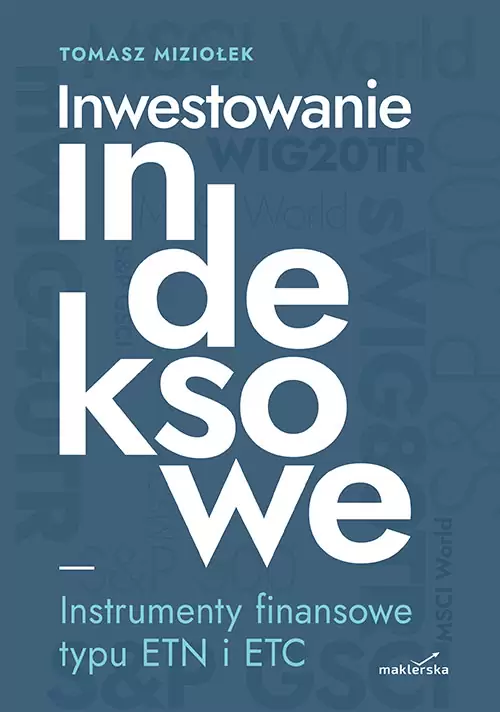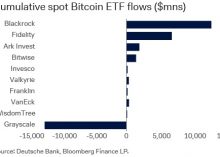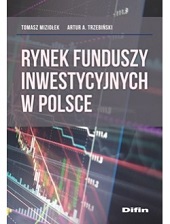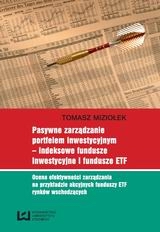Pierwsza część artykułu Francisa Grovesa dotyczącego funduszy ETF i ETC dających ekspozycję na rynek żywności i towarów rolnych.
A Staples Investment Diet With ETFs And ETCs, Part 1 of 2
Over the Easter holiday here in southern England temperatures were in the mid-twenties, making it feel more like June than April, and there’s also been very little rain. Coincidentally, according to a recent ft.com article (“Glencore reveals bet on grain price rise” by Javier Blas and Jack Farchy, 24th April 2011), by last spring Russian sources for Glencore, the world’s premier commodities trader, were already warning of the likelihood of a drought affecting Russian wheat output in 2010. Move the clock forwards to the present again and Egypt’s food price inflation is close to 50% (Egypt being a major wheat importer from Russia).
These points are worth considering, not to highlight that Glencore must have some very clever staff and may be worth investing in when the public offering of its shares takes place later this month, but to illustrate how food supply has become central to the economic news. From now on it looks as if the food supply story is going to have evergreen relevance for investors. Like areas such as global healthcare and water supply – only more so – food has become a theme that’s merits investors’ consideration.
In the exchange traded arena, there are two main ways into investing in food: food sector ETFs and agricultural ETCs*. There’s also one major gap in the European exchange traded fund investor’s armoury; there’s no way to invest in agricultural land and that situation doesn’t look as if it will change in the foreseeable future.
Turning to food sector ETFs first, it has to be admitted that European-domiciled sector ETFs don’t seem very impressive figure as yet, coming a poor third to country and regional ETFs in terms of assets under management (AuM) and being pushed into fourth place by strategy ETFs in terms of turnover**. Sectors in general present distinct problems to private investors; either a level of understanding of each sector is required that a private investor is unlikely to possess, or investors have the option of following a sector rotation strategy, but these seem just too neat to serve as a real-life investment strategy. However, pressing a single sector ETF into service in pursuit of an investment theme like food and agriculture does make sense.
Disappointlingly, there are only four ETFs in the food/agriculture space, two well established and two relatively small. Oldest is the db x-tracker DJ Stoxx Food ETF ( XS3R:GR ), launched in 2007. Despite its age, XS3R’s market capitalisation is only euro 43 million. In its favour is its relatively low total expense ratio (TER) of 0.30%. The big drawback is the large weightings for Nestle (30%) and Unilever (17%). XS3R tracks the performance of euro-denominated Nestle ADRs fairly closely but with a lower dividend yield.
Possibly more hopeful is Lyxor’s MSCI World Consumer Staples ( COSW:FP ) where the Nestle component is just over 8%. The main drawback here is that there are plenty of other consumer staples apart from food: Proctor & Gamble makes up 7.5% of the fund and Philip Morris 4.8%. A further disadvantage is the low euro 15.5 million market capitalisation. The fund was only launched last October so it needs a while longer to prove itself. COSW has performed worse than XS3R since its launch. The index has a 52% weighting of US constituents so the fall in the value of the dollar against European currencies has affected returns. The TER is 0.40%.
The other ETFs have a different focus, tracking agri-business instead of the food/staples sector. The (slightly) older of the two, ETFX S-Net ITG Global Agriculture ( AGRI:LN ) was launched in mid-2008. The index is currently made up of chemical/fertiliser companies (62%), agricultural commodity producers (24%), equipment manufacturers (12%) and livestock (2%). The market capitalisation is $78 million and the TER is 0.65%. The index is heavily weighted to North American constituents with the Potash Corporation of Saskatchewan making up 11%. Dividends appear to be neglible but the price has almost doubled since November 2008.
A similar but modified approach is taken by Powershares Global Agri Nasdaq OMX Fund ( PSGA:LN ), where the index tracks a combination of consumer staples producers and agricultural materials companies. Although North America still accounts for over 40% of the constituents by market capitalisation, PSGA has a much higher component of emerging market companies. Although, the fund has performed well since 2008 in terms of returns, its TER is relatively high at 0.75% and the fund has failed to ‘take off’ in terms of market capitalisation.
The second of these two articles will look at what ETCs have to offer for investors hoping to track returns through a food/agriculture theme.
* For the purposes of these articles the term Exchange Traded Commodity is used not only for ETF Securities’ ETCs but also includes funds that are designated as ETFs by their sponsor/provider but which in fact track the returns of commodity futures indices, such as RBS Market Access’s RICI Agriculture fund.
**Research Europe, 25th March 2011, Deutsche Bank
Druga część artykułu Francisa Grovesa dotyczącego funduszy ETF i ETC dających ekspozycję na rynek żywności i towarów rolnych zostanie opublikowana w połowie maja.
Francis Groves is a researcher and writer on investment topics, based near London, England. His most recent book, 'Exchange Traded Funds, A Concise Guide To ETFs’ was recently published by UK Publisher, Harriman House. This guide covers the essentials of investing with ETFs for financial advisers and serious private investors. Visit http://www.harriman-house.com/exchangetradedfunds to find out more.
Artykuł został przygotowany specjalnie dla serwisu www.etf.com.pl.






Wpis jeszcze nie ma komentarzy.